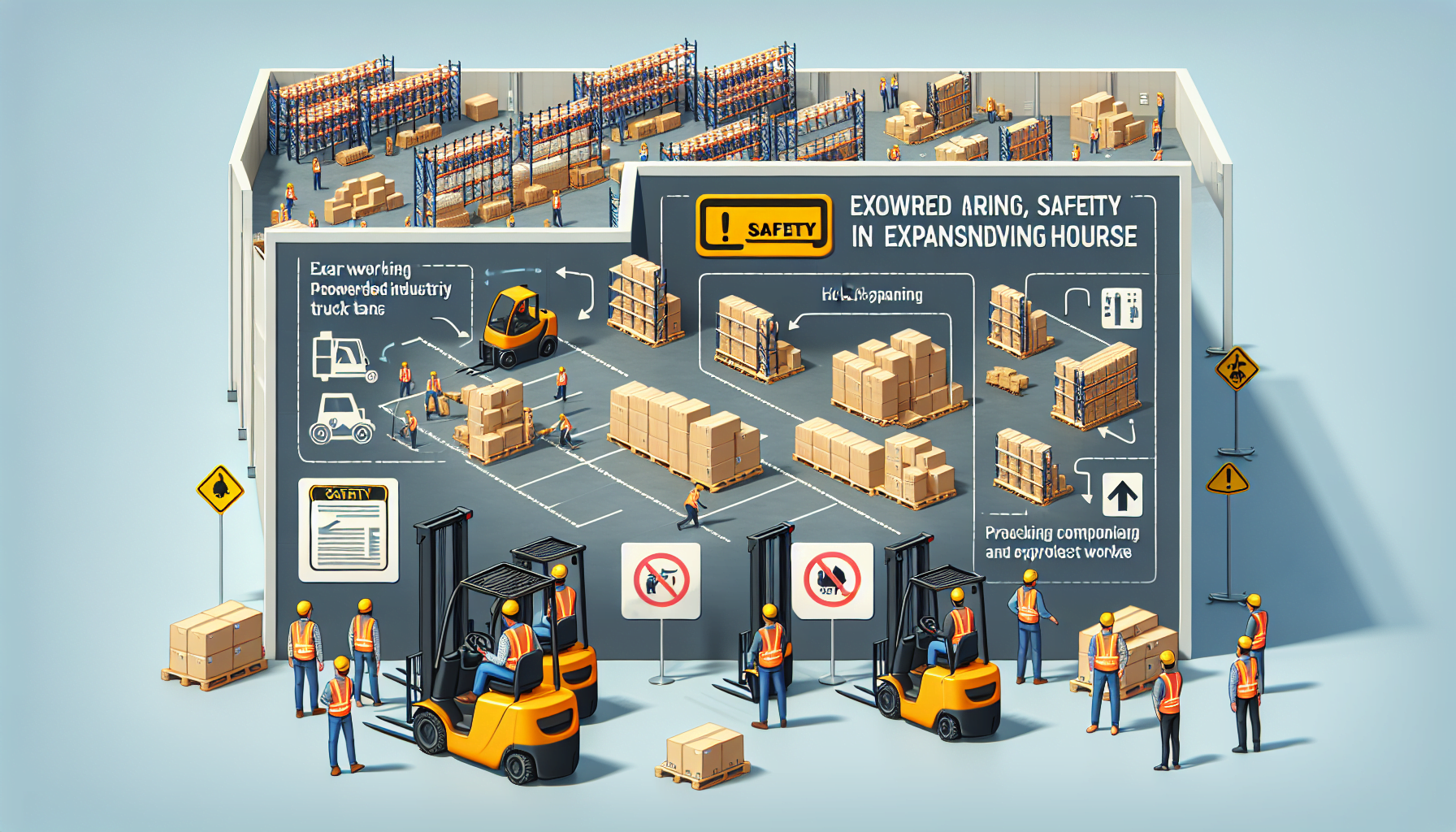Expanding warehouses can present various challenges for businesses. As the storage capacity increases and operations become more complex, it is crucial to address safety concerns to protect both the employees and the assets. One key area of focus in warehouse safety is the proper use and maintenance of powered industrial trucks (PITs), which play a vital role in material handling and transportation within the warehouse.
The Importance of PIT Safety
PITs, including forklifts and pallet jacks, are powerful and versatile machines that significantly enhance warehouse productivity. However, they also pose a significant risk when not operated or maintained properly. According to the Occupational Safety and Health Administration (OSHA), forklift accidents result in about 100 fatalities and 36,340 serious injuries every year in the United States.
To ensure the safety of employees and prevent property damage, it is essential for warehouse managers to prioritize PIT safety. This involves implementing and enforcing strict safety protocols, providing comprehensive training to operators, conducting regular maintenance checks, and continuously monitoring and improving safety measures.
Addressing PIT Safety in Expanding Warehouses
As warehouses expand, additional precautions must be taken to maintain and improve PIT safety. Here are some key strategies to address PIT safety in expanding warehouses:
- Evaluate Warehouse Layout: Assess the warehouse layout to identify potential hazards and areas where the movement of PITs may pose a risk to pedestrian traffic or structural integrity. Make necessary modifications to optimize the flow of operations and reduce the chances of accidents.
- Implement Traffic Management: Establish clear guidelines and signage to direct the movement of PITs and pedestrian traffic, ensuring a safe distance between the two. Designate separate pathways, if possible, to minimize the risk of collisions.
- Provide Adequate Lighting: Proper lighting is crucial for maintaining visibility and preventing accidents. Ensure that all areas of the warehouse have sufficient lighting, including aisles, storage areas, and docking areas.
- Invest in Safety Equipment: Equip PITs with safety features such as warning horns, flashing lights, and seat belts. Implement visual warning systems, such as floor markings, to indicate areas where PITs operate.
- Regular Training and Certification: Develop a comprehensive training program for PIT operators that covers safe operation, load handling, and emergency procedures. Regularly review and update training materials to reflect any new regulations or best practices.
- Maintain and Inspect PITs: Regularly inspect and maintain PITs to ensure they are in proper working condition. Conduct pre-shift inspections, check for any damages or malfunctions, and promptly address any issues detected.
- Enforce Safe Operating Practices: Reinforce safe operating practices among PIT operators and warehouse staff. Encourage the reporting of near misses and incidents to identify potential areas for improvement.
By implementing these strategies, warehouse managers can create a safer work environment for employees and reduce the risk of accidents and injuries.
HCO Innovations offers comprehensive warehouse safety evaluation services to help businesses identify and address potential safety risks within their facilities. Our team of experts will assess your warehouse operations, provide recommendations for improvement, and assist you in implementing effective safety measures. Contact us today to schedule a warehouse safety evaluation and enhance the safety of your expanding warehouse.

